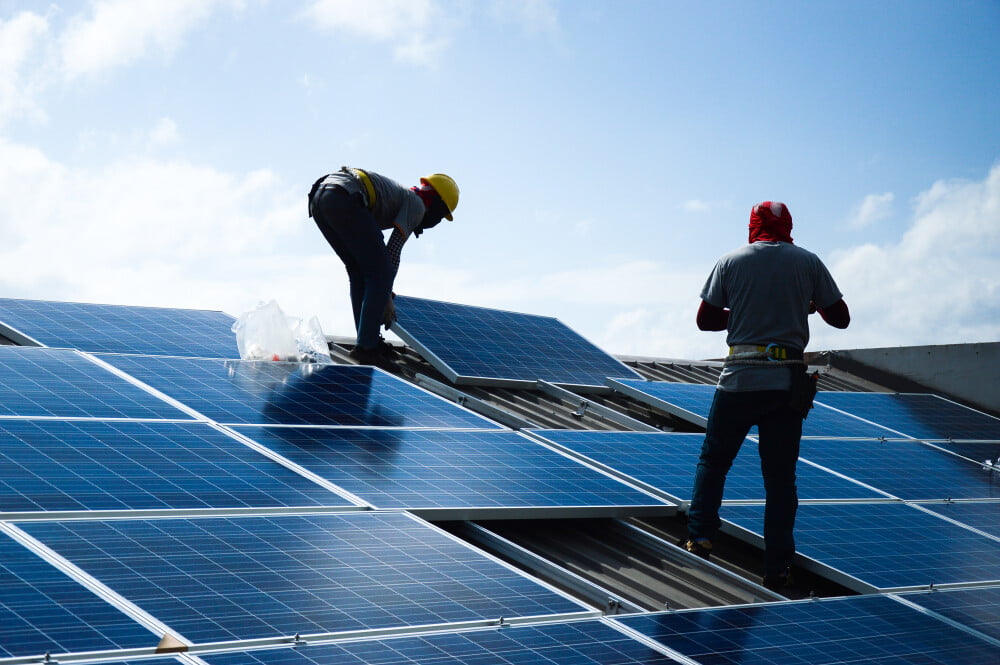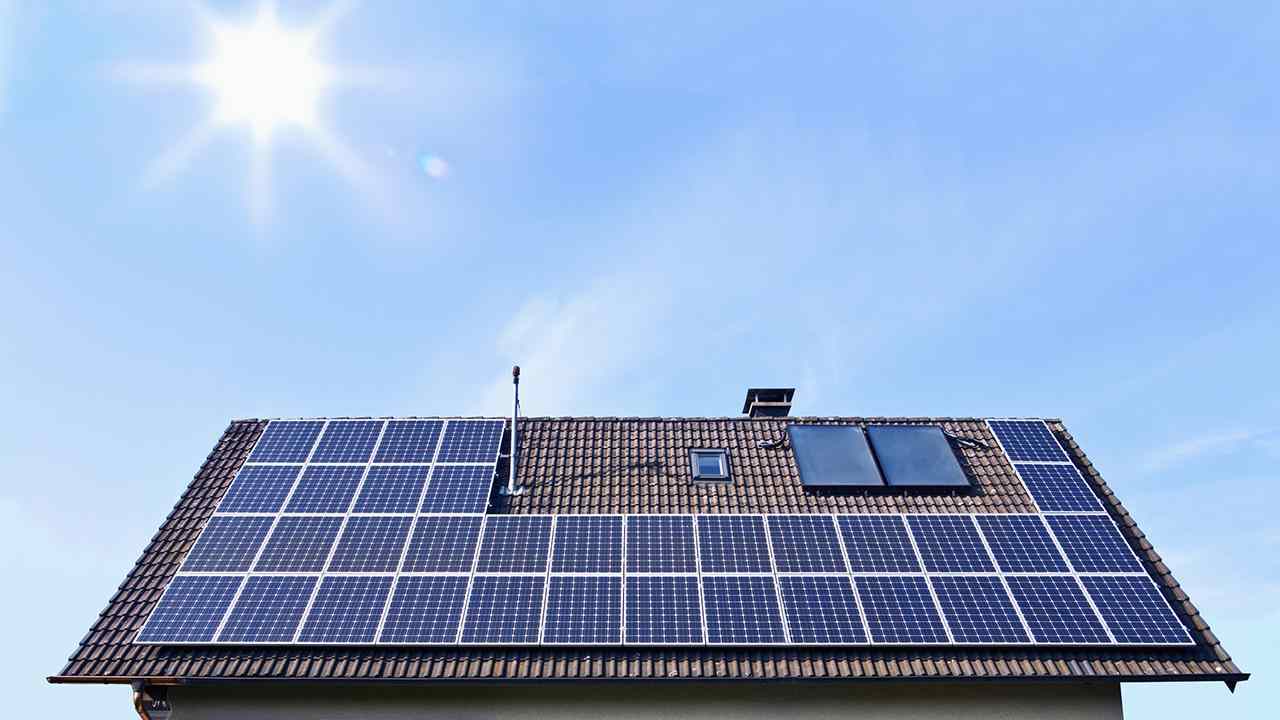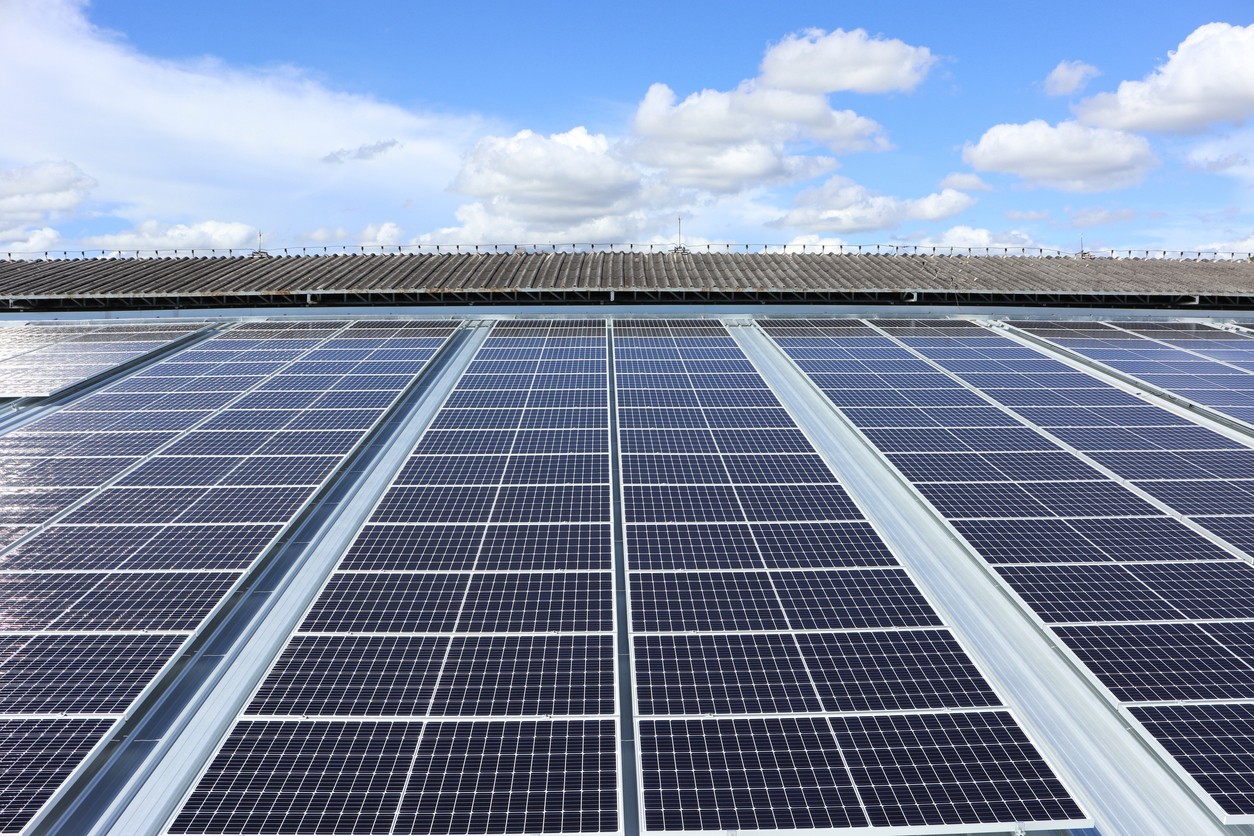Modular solar panels offer higher efficiency (up to 97.6%), better scalability without costly inverter upgrades, and greater battery compatibility, reducing installation costs by 15%-20% compared to traditional systems with 15%-22% efficiency.
Photovoltaic Cell Efficiency in Modular vs. Traditional Systems
That means it originates from the core technology applied, which is responsible for the performance difference of modular PV systems compared to traditional solar systems. Conventional or classic solar panels, which are standard in both residential and commercial applications, have a PV conversion efficiency ranging between 15% and 22%, depending on the model and manufacturer. For example, the SunPower X22 model has an efficiency of 22.8%, which translates into approximately 380-400 kWh annually from a 1 kW system under optimum conditions in locations with 4.5 peak sunlight hours per day. In contrast, more traditional modular solar panels-such as those using Enphase IQ7 microinverters-usually have efficiencies ranging between 17% and 20%.
Besides having peak efficiency, the modular systems can also outperform conventional ones in realistic conditions where partial shading or inhomogeneous sunlight is an issue. NREL has reported in one of its studies that modular systems using microinverters are related to an energy loss of around 10-15% in partially shaded conditions, whereas traditional string inverter systems face losses as high as up to 25%. This makes modular panels even more suitable for complex roof structures or places with intermittent shading from things like trees or buildings.
The second point is that traditional solar systems degrade much more significantly over time. On average, traditional panels lose about 0.5% in efficiency every year, so after 25 years, a panel rated originally at 20% efficiency may only operate at 12-13%. Independent microinverters on modular panels degrade more slowly and tend to hold closer to 0.3% annual degradation. The smaller loss of capacity translates to higher long-term energy output and better overall system durability. In fact, all this lends credibility to modular systems regarding the long-term performance concerns.
AC and DC Conversion Efficiency
Another technical difference between modular and traditional solar systems is how the systems handle AC/DC conversion. Traditional systems require the DC power generated by the panels to be converted into AC for home use through the use of a central inverter. Conversion efficiencies generally range from around 94% to 97%, depending on the model. Efficiency for a leading central inverter, like the SMA Sunny Boy 7.0, is around 96.5%, with about 3.5% of the energy produced by the panels lost in the conversion.
Modular systems, using a microinverter at each panel, are around 1% more efficient at AC/DC conversion and typically achieve around 97-98% efficiency. For example, Enphase's IQ8 microinverter can achieve up to 97.6% efficiency under ideal conditions. While this is an apparently small margin, the aggregate effect of this is substantial over time. For a 5 kW solar array, the difference between 95% and 97% efficiency might mean up to 100 kWh more energy in a year. That comes to 2,000 kWh over the system lifetime of 20 years, plus about $600 in savings at $0.30/kWh average electricity price in California.
There is also more granular power optimization with decentralized, modular systems. Every microinverter can function autonomously, so when one panel is either shaded or dirty, it does not pull the whole system down. If 10% of an array is shaded in a traditional system, the output can drop as much as 25%, further indicating the advantages of microinverter-based designs.
Scalability and Installation Flexibility
Scalability and flexibility in installation are crucial for end-users looking to future-proof their solar systems. Applications of classic solar installations could be more comfortable to scale. For instance, in some cases, a homeowner installing, say, a 5 kW system may want to add 2 kW at a later date and find that the original inverter has insufficient capacity and must, therefore, be replaced. Meanwhile, inverter replacement may cost from $1,500 to $2,500. Moreover, rewiring for this may be way too complicated and expensive.
On the other hand, modular solar panels will have no equal in scalability. Since every panel works autonomously with its microinverter, users can add further panels without complicating factors of existing system limitations. For example, a homeowner whose original system was a 3 kW modular would add another 1.5, about four to five panels at marginal installation cost. This would be contrary to scaling up a traditional system that would not only add new panels but also upgrade central inverters and rewire the system for those panels, adding more costs.
For commercial applications, it gets even better: the flexibility offered by modular systems. Businesses that see variably growing energy demands will thus find it easy to add onto their arrays in phases without having to overhaul a whole system. A good example is that of a chain of retailers placing 50 kW of modular panels at one location and, without much hassle, adding on another 20 kW later in the application, adapting to increased usage of energy. This modularity further allows companies to cut their upfront capital expenditure by starting small and scaling up when necessary.
Energy Storage and Battery Compatibility
Energy storage integration has become more and more important for many users, especially for those who want to store excess energy for peak demand or outages. Most traditional solar systems require special hybrid inverters when integrating a battery, which generally raises the cost by $2,000 to $3,000. A system like Tesla Powerwall 2, capable of storing 13.5 kWh of energy, needs to connect with a compatible hybrid inverter, adding to the installation cost and complicating the setup process.
Off-grid, or modular, solar systems are more inherently designed for battery storage, however. Since each panel functions independently, a battery typically requires less change than a modular system. For example, when one independent review website, SolarReviews, compared a 5-kW modular system with a battery to a traditional system with the same battery, the cost was 15-20% less for the modular system. Apart from that, the energy routing of microinverter-based systems is usually superior, translating to less energy loss due to storing and retrieval. This will make modular systems particularly attractive for off-grid or hybrid applications in which storage efficiency is of utmost importance.
Apart from this, modular systems give more flexibility in choosing a storage solution. For instance, with systems like the Ensemble energy management platform from Enphase, it becomes really easy to integrate modular systems with different sizes and brands of batteries. Traditional systems often limit choices to specific batteries that would work with a specific inverter. The modular systems had as much as a 3-5% higher energy retention rate compared with the traditional setup in a 10-kWh storage unit, further increasing the overall energy efficiency.
Cost and Return on Investment (ROI)
By considering the price and ROI for both the modular and traditional solar systems, location may vary significantly in the end, based on installation size and energy usage. A typical 5 kW traditional solar system may cost within a range of $12,000 to $15,000, while its average ROI is 6-8 years sans battery storage. Contrariwise, the 5 kW modular system has its price standing in the range of $13,000 to $16,500, while the payback period is 7 to 9 years.
Offsetting this, however, is the fact that modular systems usually provide far greater long-term savings because of better energy optimization, lesser shading losses, and higher AC-to-DC conversion efficiency. A modular system, for example, can generate up to 5% more energy every year in places where electricity prices are higher, such as Hawaii or California, thus translating into additional savings of $100-$200 per year for a 5-kW system.
In commercial applications, modular systems can also give quicker paybacks by using closer approximation system sizing where the energy demands vary. A commercial enterprise scaling its modular system over time could realize ROI in 5 to 7 years by avoiding expensive inverter upgrades and higher energy yields. This can amount to as much as 20% more savings over 25 years when utility rates are high, or the solar incentives are really good, such as in New Jersey or Massachusetts. For that reason, modular systems are also a financially attractive option for long-term ownership.
Modulares are more expensive in purchase price, but so much more flexible, efficient, and therefore better integratable with storage solutions, hence an effective and sometimes even cheaper option for users valuing performance and scalability over pure upfront costs. As solar systems of old continue to be competitive in many cost-sensitive markets, the technical and financial benefits of modular systems justify an investment in many use cases.



